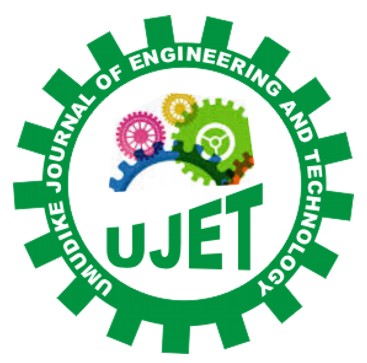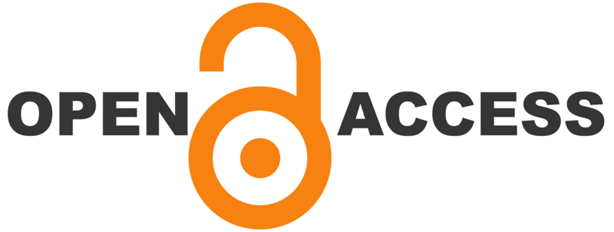Umudike Journal of Engineering and Technology makes abstracts and full texts of all articles published freely
available to everyone immediately after publication thereby enabling the accessibility of research articles by
the global community without hindrance through the internet.


